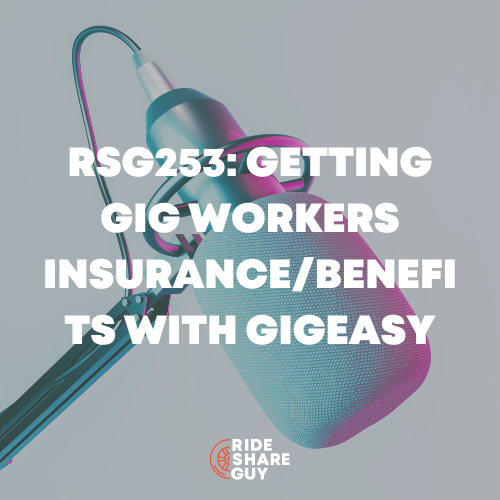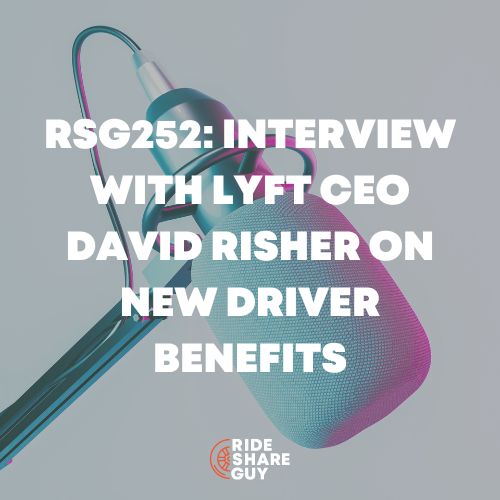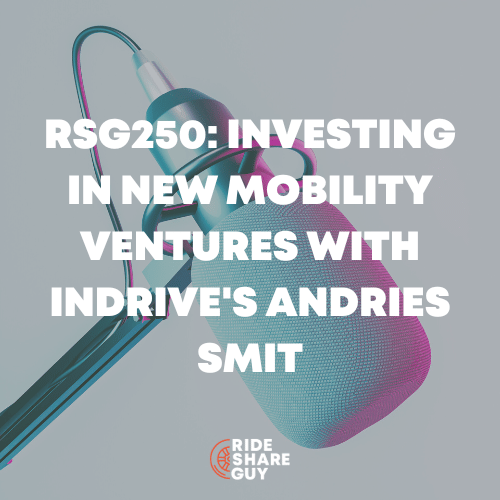A new academic report is out, and one of the headlines of the report was that median driver earnings in Seattle are $23 an hour – wow! That’s a lot higher than anything we’ve seen before. Today, we talk to one of the authors of that report below about their methodology, why they studied Seattle, and criticisms about the study itself.
Intro
-
Today I’m talking with Louis Hyman
- 138 page report and certain things really stood out!
- Including the statement that drivers earn $23 per hour (median in Seattle)
- We’ll talk about the underlying assumptions of the report, how they got direct access to data from rideshare companies and more
- Additional authors: Erica L. Groshen, Adam Seth Litwin, Martin T. Wells, and Kwelina P. Thompson
Intro to Louis Hyman
- Louis is an economic historian at the ILR School of Cornell university
- His most recent book is Temp: The Real Story of What Happened to Your Salary, Benefits, and Job Security
- He is the Maurice and Hinda Neufeld Founders Professor in Industrial and Labor Relations
Overview of Platform Driving in Seattle
- Median driver in Seattle earned $23 per hour, close to Seattle median earnings of $25
- Earned more than the average taxi driver
- 92% of drivers make more than the Seattle minimum wage
- You would think determining a driver’s salary would be straightforward, but it’s not
Methodology Behind the Report
- Had to make certain assumptions in order to proceed
- Driver wait time example – P0 is when the app is off, P1 is when drivers are waiting to be matched, P2 is when drivers are heading to the passenger, and P3 is when the passenger is in the car
- Lent itself to responses from full-time drivers
- The more people tended to drive, the more they multi-apped (driving for multiple apps – but only about 30% of the population)
- Substantial correction about how we look at driver wait time
Why Seattle?
- City of Seattle requested information from Uber and Lyft, but they only wanted to provide aggregate data
- Looking to regulate the rideshare industry – wanted to figure out what people earn
- City of Seattle doesn’t regulate outside of Seattle, so that’s why a city like Tacoma wasn’t included
Criticisms of the Study
- Some people wanted the earnings to be lower – would prefer to see drivers earn $5 an hour to suit an agenda
- That’s just not true – $23 is the median. Some drivers do earn $5/hour, but not all
- Earnings data didn’t include streaks or bonuses
- Would like to investigate driver tenure, too, in the future – if you’ve been driving longer, do you earn more?
Takeaways
- Louis was chosen partially because of the book he wrote, Temp – very critical of Uber and the rideshare industry
- However, the data did not prove drivers only earn $5 an hour
- Encourage those to read through the findings and the facts to learn more
- Go beyond the $23/hour number and see how the authors calculated driver earnings and expenses
Outro
- Big thanks to Louis for coming on the podcast!
- We needed a lot of time to break this down – only got through half my questions!
- Wanted Louis to share his thoughts at a high level, but here’s what I think: the fact that the authors were able to get actual data from Uber and Lyft for one week is incredible. I feel it’s representative
- Don’t necessarily agree with the headlines presented
- Study certainly had limitations, but it makes sense because this is what the City of Seattle wanted




